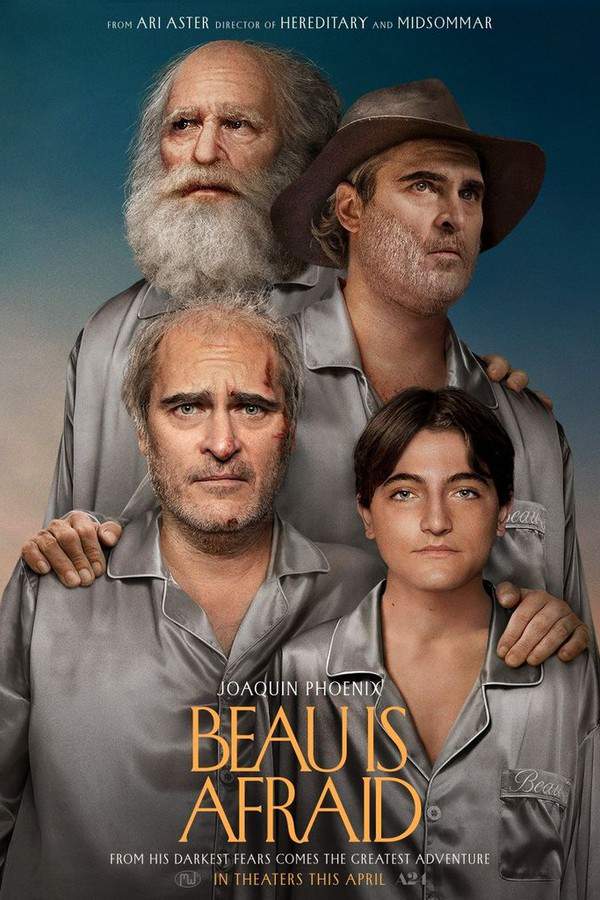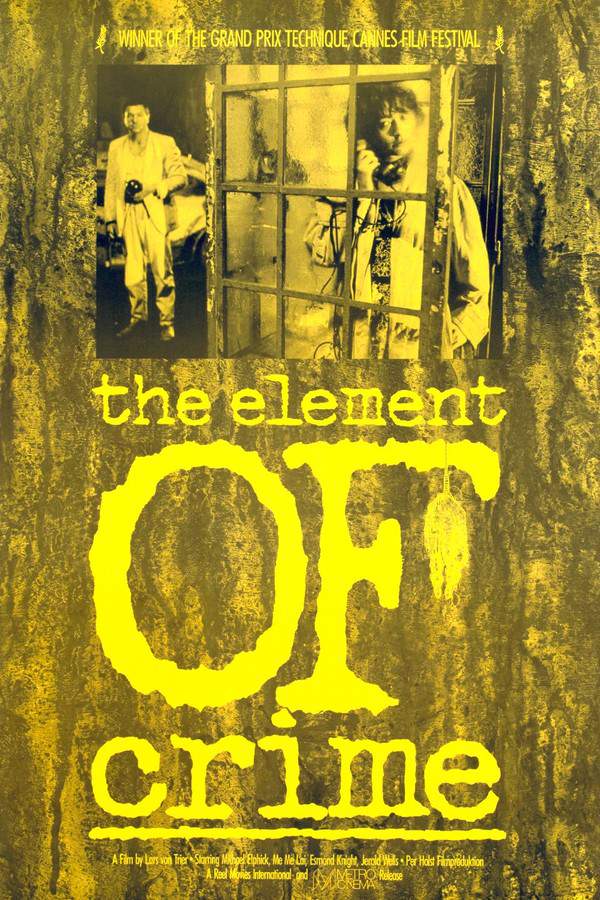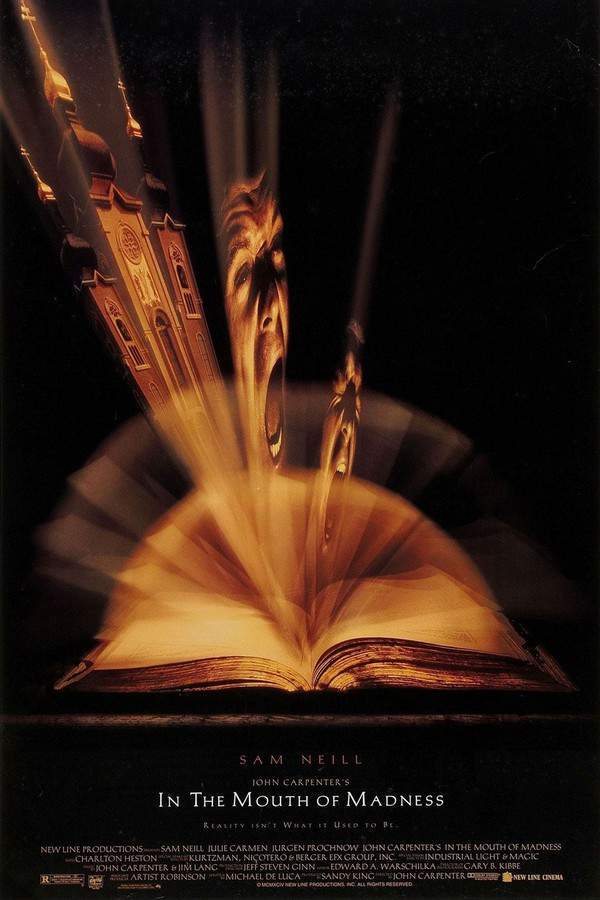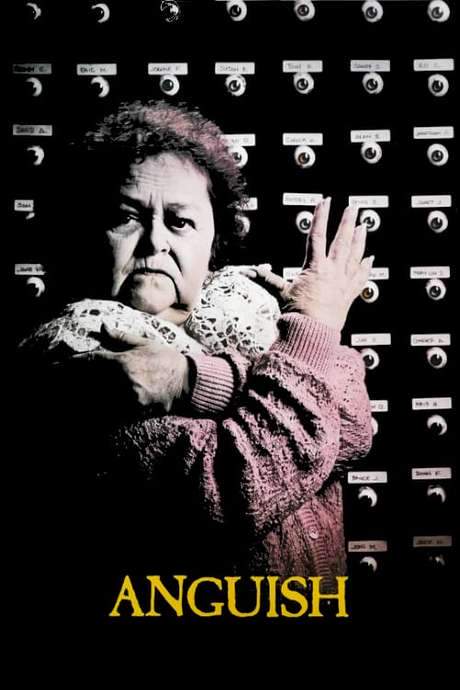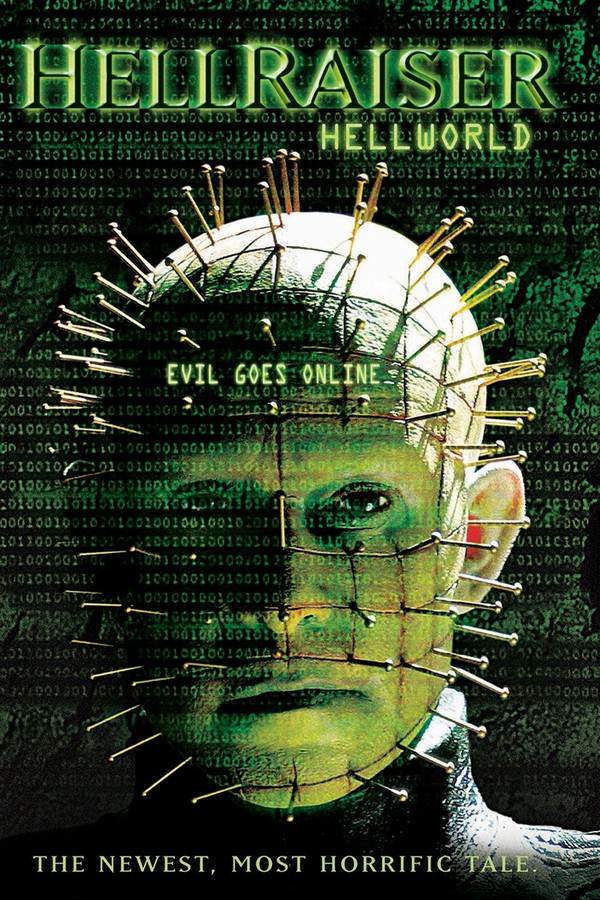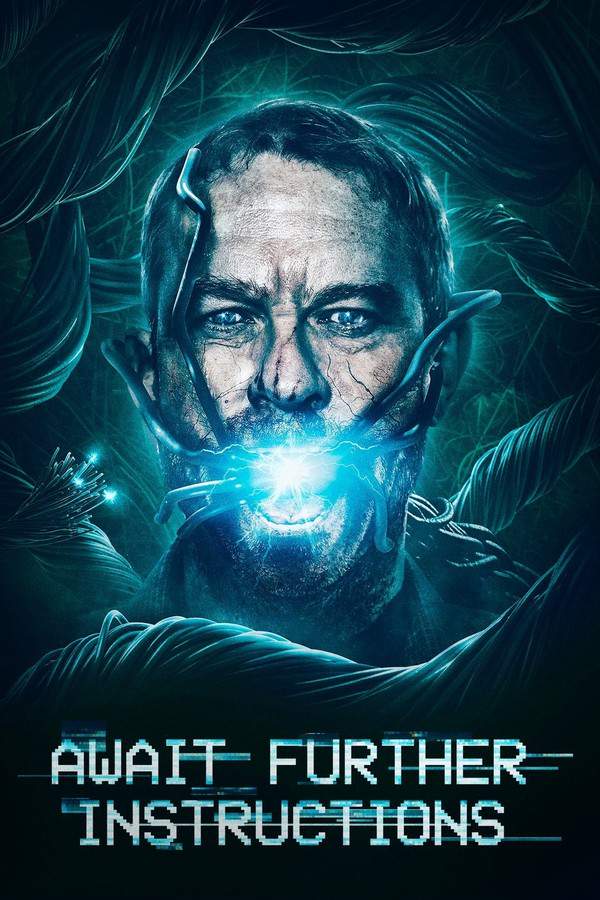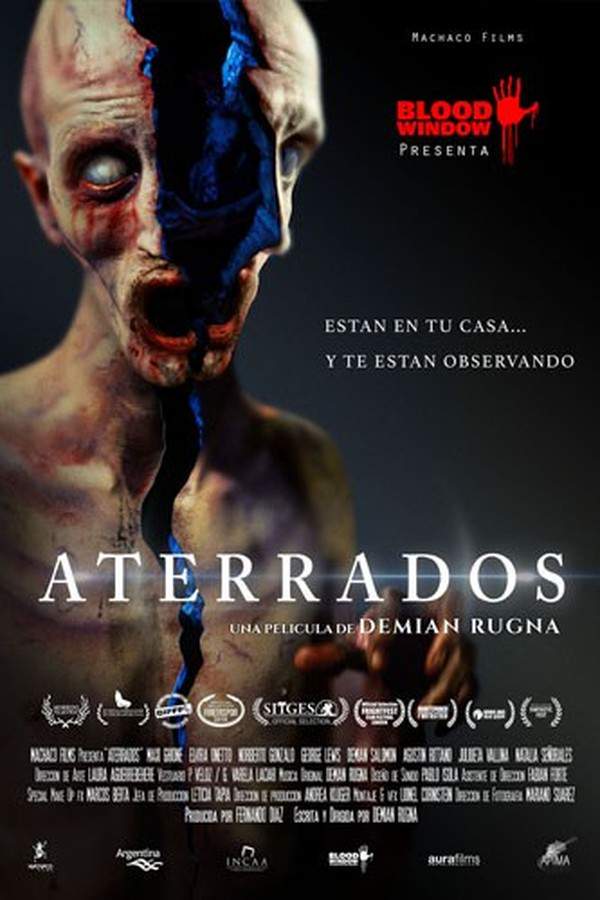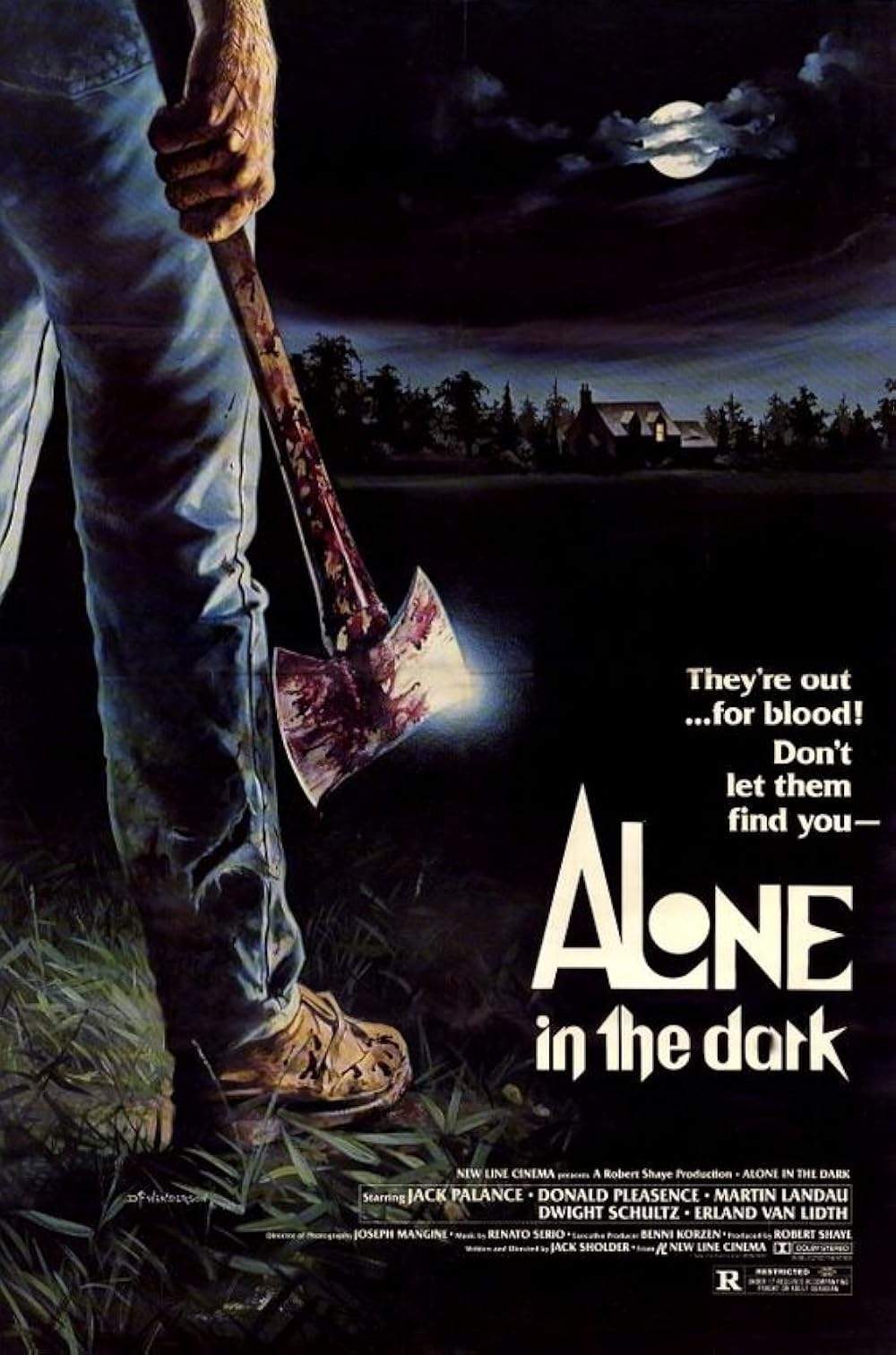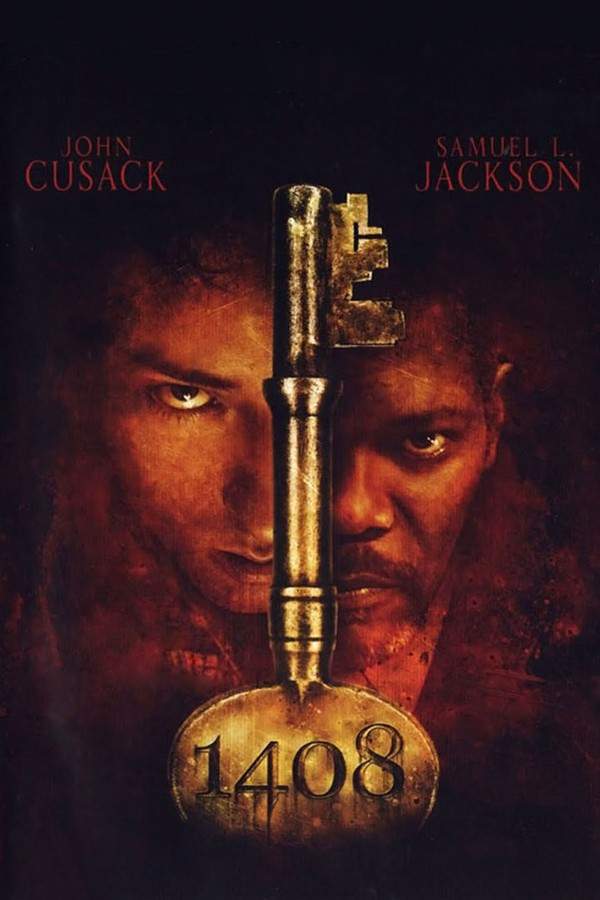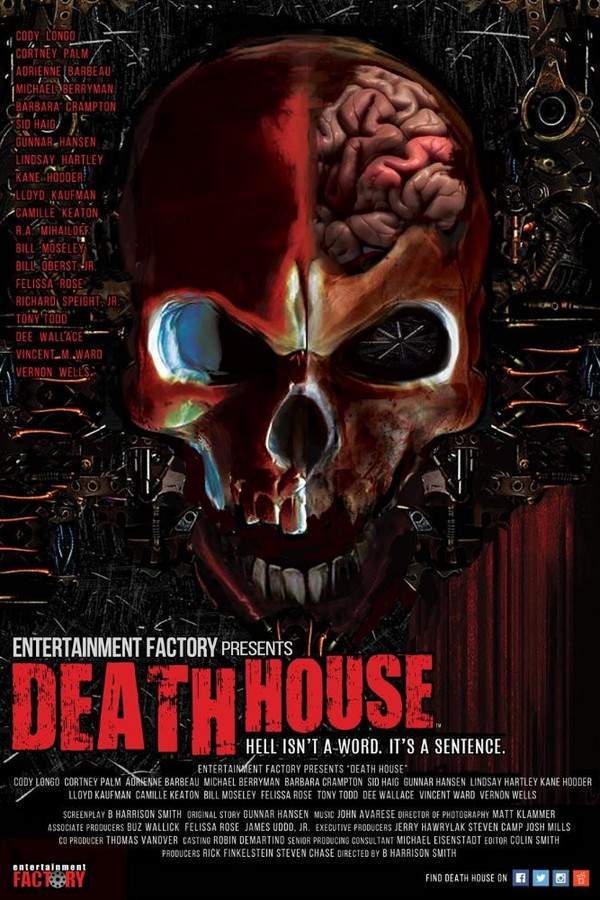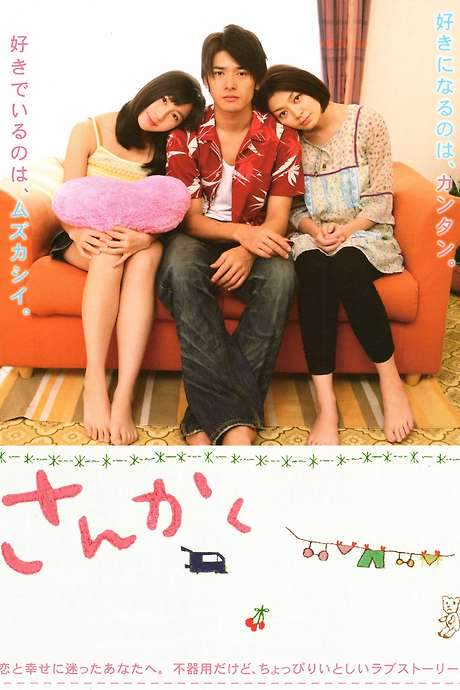
Triangle
Year: 2010
Runtime: 99 mins
Language: Japanese
Director: Keisuke Yoshida
Former street punk Momose (Sousuke Takaoka) lives with his girlfriend Kayo (Tomoko Tabata). Their summer routine is disrupted when Kayo’s younger sister Momo (Erena Ono) moves in. As Momo’s free‑spirited nature shines, Momose becomes increasingly drawn to her, creating a tangled love triangle, sly. Directed by Keisuke Yoshida, who made “Cafe Isobe.”
Warning: spoilers below!
Haven’t seen Triangle yet? This summary contains major spoilers. Bookmark the page, watch the movie, and come back for the full breakdown. If you're ready, scroll on and relive the story!
Triangle (2010) – Full Plot Summary & Ending Explained
Read the complete plot breakdown of Triangle (2010), including all key story events, major twists, and the ending explained in detail. Discover what really happened—and what it all means.
Jess plans a boat trip for her and her autistic son, Tommy, inviting her friend Greg along. She tries to reassure Tommy, telling him he just had a bad dream, before taking him to school and heading to a Florida harbor without him. On Greg’s boat, they’re joined by Victor, Sally, Downey, and Sally’s friend Heather. A quiet pre-dawn moment on the water becomes unsettling as Jess has a dream of crabs on a beach and awakens disturbed, though she can’t quite pin down what unsettled her.
A sudden storm moves in, and Greg radios the Coast Guard while a distress signal drifts from a woman claiming someone is killing everyone. The storm escalates and the sailing vessel capsizes. Heather is swept away, and the survivors cling to the overturned sailboat as the weather finally clears.
They spot a passing ocean liner, the Aeolus, and the group boards it, finding the ship oddly deserted despite a shadowy figure they thought they’d seen aboard. A creeping sense of déjà vu settles over them as they move through the quiet corridors. Keys and fresh food appear in the dining room, suggesting someone has been there, yet no one greets them. One by one, they notice someone watching them, and Victor gives chase when Jess returns to the dining room to discover something chilling: the words “go to theater” written in blood on a mirror. Greg dismisses it as a prank, but the unease continues.
Tension spikes when Victor, injured, makes a bid to strangle Jess, and she fights back, forcing him to collapse. Gunfire soon erupts, and in the theater of the ship, Greg lies dead from a gunshot. Sally and Downey claim Jess killed him, while a masked assailant in a burlap mask shoots Sally and Downey. Jess seizes an ax in a desperate counterattack, disarms the shooter, and is confronted with a chilling line: > You have to kill them; it’s the only way to get home.
As the mystery deepens, Jess encounters a terrifying twist: another version of their group, identical in appearance, boards the Aeolus. This second cohort spots Jess as she drops her keys, and she tries to warn a newly arrived Victor, only to knock his head against a wall hook in the process. She discovers dozens of lockets bearing handwriting that matches her own, urging her to kill everyone. Desperate to halt the loop, she arms a shotgun and confronts the new group with the intention of “changing the pattern,” but a third Jess shoots the new Greg and stabs the new Downey and Sally, fracturing the sequence further.
The original Jess pursues the second Sally, who sends out the distress signal heard on Greg’s boat. On a deck crowded with corpses and shadows, the two Jess-es collide in a deadly chase as the third Jess is killed by the one who started it all. The overturned vessel reappears with another set of duplicates, and the old Jess realizes the loop resets whenever all copies are slain.
Determined to break the cycle, she sinks her own memory into the ship’s mirror with blood, discards bodies overboard, and directs the latest Sally and Downey toward the theater. She then dons the shooter’s garb and an eerie burlap mask, preparing for a final confrontation. After being briefly disarmed, she urges the newest version of herself to kill everyone, before she is knocked overboard.
She awakens on a beach, near crabs, having washed ashore at an earlier moment. A return home follows, and she witnesses her earlier self erupting in anger and striking Tommy. She distracts the aggressor with a doorbell, then kills her other self and tells Tommy that he merely had a bad dream. With a bagged body in the trunk, she leaves with Tommy, promising to change their lives. A seagull’s death on the windshield hints at the endless loop she’s trapped in, and a pile of dead seagulls soon appears as she drives away, exhausted. Yet the road drama ends in tragedy when a collision with a truck kills Tommy. A taxi driver offers to take her to the harbor, and she vows to return, but the cycle resumes as she, emotionally spent, re-joins Greg’s boat and the loop starts anew.
Last Updated: October 09, 2025 at 15:34
Explore Movie Threads
Discover curated groups of movies connected by mood, themes, and story style. Browse collections built around emotion, atmosphere, and narrative focus to easily find films that match what you feel like watching right now.
Movies with fatalistic time loops like Triangle
Characters trapped in merciless cycles, forced to relive their greatest failures.If you liked the recursive horror of Triangle, explore more movies like it. This thread gathers stories where characters are caught in inescapable loops, facing psychological torment and confronting their past in a cycle of despair and inevitability.
Narrative Summary
The narrative pattern involves a protagonist stuck in a recursive sequence of events, often triggered by a traumatic incident. As the loop repeats, they are forced to confront their actions, guilt, or a fate they cannot change, leading to a deepening sense of despair and futility.
Why These Movies?
Movies are grouped here by their shared core premise of a punishing time loop and the resulting psychological unraveling. They create a specific, claustrophobic feeling of being trapped not just physically, but metaphysically, with a heavy focus on themes of fate and self-confrontation.
Claustrophobic psychological horror movies like Triangle
Stories where reality unravels and characters spiral into paranoia.For viewers who appreciated the mind-bending tension of Triangle, this section features similar movies. Discover psychological horror films with a fast pace, high intensity, and a focus on a character's desperate and paranoid unraveling in a confined setting.
Narrative Summary
The narrative follows a character who is psychologically isolated, often in a confined space or situation. As external pressures mount and reality distorts, their mental state rapidly deteriorates. The story unfolds at a breakneck pace, leaving little room for respite as the character confronts their own crumbling sanity.
Why These Movies?
These films are connected by their overwhelming focus on a single character's psychological breakdown. They share a fast, frantic pacing, a dark and tense tone, and a high-intensity atmosphere that feels claustrophobic and desperate, prioritizing psychological horror over traditional scares.
Unlock the Full Story of Triangle
Don't stop at just watching — explore Triangle in full detail. From the complete plot summary and scene-by-scene timeline to character breakdowns, thematic analysis, and a deep dive into the ending — every page helps you truly understand what Triangle is all about. Plus, discover what's next after the movie.
Triangle Timeline
Track the full timeline of Triangle with every major event arranged chronologically. Perfect for decoding non-linear storytelling, flashbacks, or parallel narratives with a clear scene-by-scene breakdown.

Characters, Settings & Themes in Triangle
Discover the characters, locations, and core themes that shape Triangle. Get insights into symbolic elements, setting significance, and deeper narrative meaning — ideal for thematic analysis and movie breakdowns.

Triangle Spoiler-Free Summary
Get a quick, spoiler-free overview of Triangle that covers the main plot points and key details without revealing any major twists or spoilers. Perfect for those who want to know what to expect before diving in.

More About Triangle
Visit What's After the Movie to explore more about Triangle: box office results, cast and crew info, production details, post-credit scenes, and external links — all in one place for movie fans and researchers.


